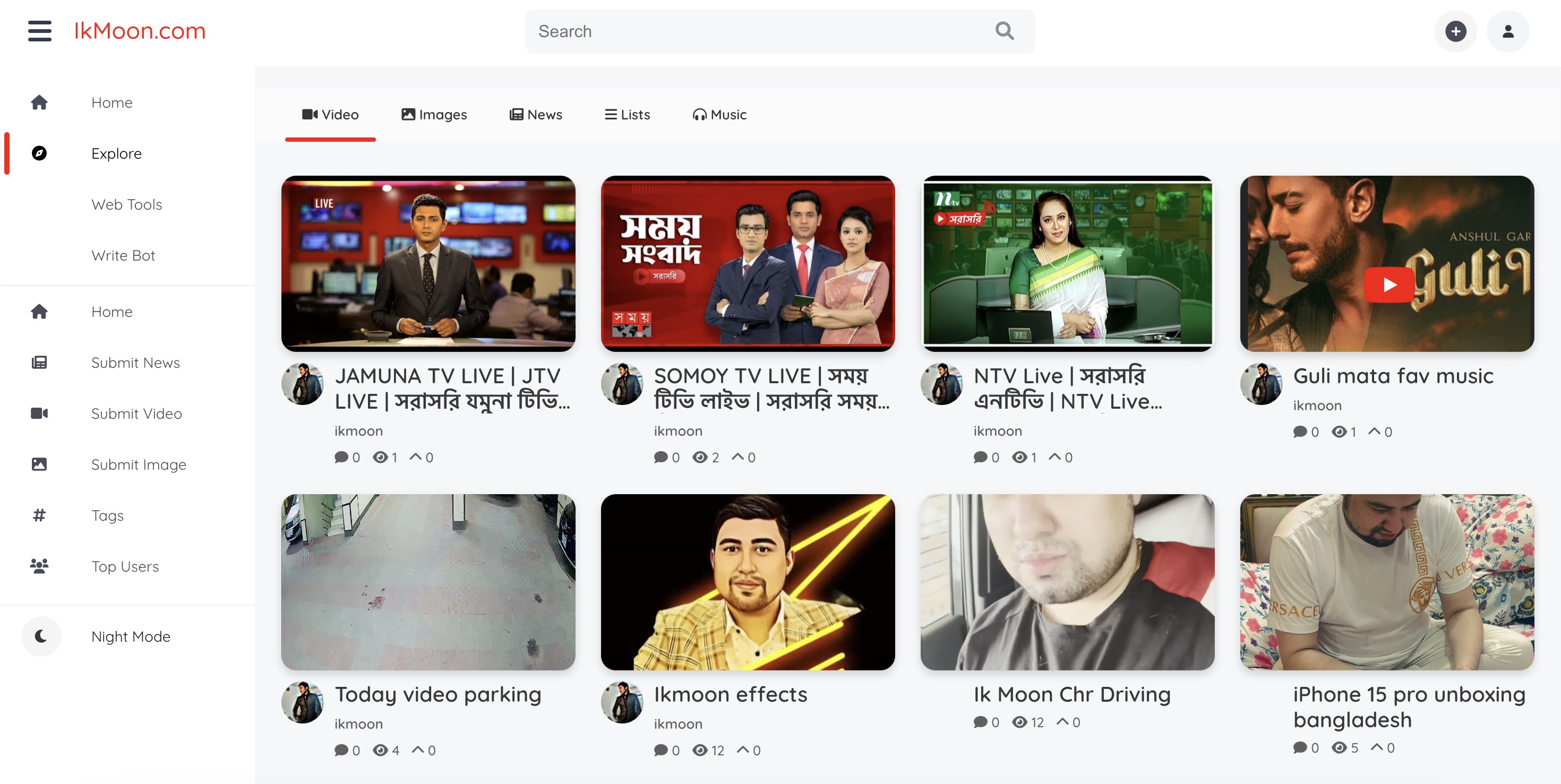Are Spotify playlists still relevant?
Over the past few years, playlisting has become the music marketing strategy everyone in the independent music scene talks about. It was hyped up as one of the golden keys to Spotify. The momentum behind playlist marketing created a whole economy around playlisting. Curators who once made playlists for fun began turning them into side […] The post Are Spotify playlists still relevant? appeared first on ReverbNation Blog.

Over the past few years, playlisting has become the music marketing strategy everyone in the independent music scene talks about. It was hyped up as one of the golden keys to Spotify.
The momentum behind playlist marketing created a whole economy around playlisting. Curators who once made playlists for fun began turning them into side hustles (or full-blown businesses).
Some took the high road: running ads, building real communities around their playlists, and genuinely supporting indie artists. Others? Not so much. Bot farms, shady practices, and fake streams started creeping in under the radar. Some playlists with hundreds of thousands of followers were ghost towns, inflated by bots that would drive low-quality traffic from cities where fans didn’t exist.
At this point, many artists have been burned by shady playlists or middleman services charging per submission. They paid for placements, got sketchy results, and ended up with inflated numbers that didn’t convert into real fans. This can even result in artists having their music removed from Spotify entirely. The general advice? Don’t pay to be added to a playlist. Period.
But that doesn’t mean playlisting is dead, far from it.
Like most things in music, the difference lies in how you approach it and understanding the nuance.
The broken model: what went wrong
The playlisting gold rush taught everyone a lesson. Artists started seeing playlists as a get-rich-quick scheme. Pay $50 here, $100 there, and expect thousands of streams to roll in overnight. But real fans don’t show up when you treat marketing like a vending machine. Real fans come from genuine connections with listeners and the people helping share your music.
The reality is, most of the issues people face with playlisting happen because they approached it transactionally. “How many streams can I buy for $100?” is the wrong question.
The better questions are: “Who curates music my fans would love?” and “How can I build a real relationship with them?”. The goal should always be to build a dedicated fan base, not just increasing streaming numbers.
How to think about playlisting in 2025
If you treat playlisting as a marketing trick, it’s dead. If you treat playlisting as a relationship-building tool, it’s more alive than ever.
While cold emails can work, it requires composing outreach that stands apart from the typical “Add me to your playlist…”. What is much more effective is reaching out via social media instead. Comment on their posts. Send a thoughtful DM. Ask questions. Share excitement about their playlist. Show up like a real fan before you ever ask for anything. Curators receiving DMs also get a chance to stalk your social media profile and learn a bit about your artistic journey, which can help a lot in reframing the typical “transactional” approach. Once you get a placement? Don’t stop there.
Here’s what you should be doing:
- Offer to promote their playlist on your socials – tag them, thank them publicly, and show support the same way you would like to receive it!
- Send them exclusive, unreleased tracks – make them feel like they’re in your inner circle and highlight that their taste is important to you outside of just finding new fans.
- Ask for their opinion – everyone loves to be seen as an expert.
- Guestlist them at your shows – if they’re local, invite them out.
- Offer to list their playlist on your Spotify Artist Profile under “Artists Pick”.
This is how you build a real community around your music, starting with curators. Not just streams but real relationships that can grow your career long-term.
DIY Playlisting Strategy (That Actually Works)
If you’re doing this DIY, a tool like PlaylistSupply can be a total game-changer.
Here’s a simple plan you can follow:
- Use PlaylistSupply’s Organic Search and search for artists similar to you. Look at the playlists they appear on. These Discovered On playlists are gold because they are algorithmically associated with fan discovery.
- Filter by Health Score so you don’t waste time on junk playlists with fake numbers. Focus on playlists that show strong organic traffic.
- Check the Follower History Chart! This helps you see how a playlist’s follower count has changed over time. A healthy curve signals real growth; sudden spikes or drops might be a red flag.
- Build a list of around 100 playlist contacts. This will give you enough volume without being overwhelming.
- Reach out personally instead of using a typical copy-paste “Hi playlist curator” template. Make it personal. Show that you listen to their playlist and that your music is relevant to it!
- Aim to secure 10-15 placements! If you can lock in even 10 quality placements, you’ll have a strong foundation for new listeners and algorithmic momentum.
- Track your results! Monitor your stats in Spotify for Artists and check your Discovered-On section (open.spotify.com/artist/yourartistID/discovered-on). See which playlists drive real traffic and focus on building deeper relationships with those curators.
Some Extra Tips:
- Prioritize genre and mood fits. Just because a playlist has 10k followers doesn’t mean they’re your 10k next fans. Niche genres and highly specialized playlists will have the best results!
- Look for active playlists. Check when the last song was added. Does the curator add tracks only chronologically, or do they switch out the first tracks within the playlist regularly?
- Don’t chase follower counts blindly! A playlist with 2,000 active listeners is better than 20,000 bots.
So… is playlisting dead?
No. Bad playlisting is dead.
Shady playlisting. Transactional playlisting. Pay-to-play playlisting. Those models are dying out – and honestly, good riddance.
What’s thriving is authentic, relationship-driven playlisting. Where you and a curator work together to build something real. Where getting added to a playlist is the beginning of a partnership, not the end of a transaction.
If you shift your mindset, focus on real connections, and treat curators like collaborators and not vending machines, playlisting can still be one of the most powerful tools in your growth as an artist.
Final Thought:
Building a music career has never been about shortcuts. It’s about building a community and finding dedicated fans. Playlisting, when done right, can be an extension of that community-building and get your music to the right people.
Tools like PlaylistSupply help make that possible – giving you the data and insight to find curators who can actually move the needle for you.
Use them wisely. Treat people right. And keep making great music!
Your future fans are out there – waiting to discover you.
Learn more about PlaylistSupply here!
The post Are Spotify playlists still relevant? appeared first on ReverbNation Blog.
What's Your Reaction?










































